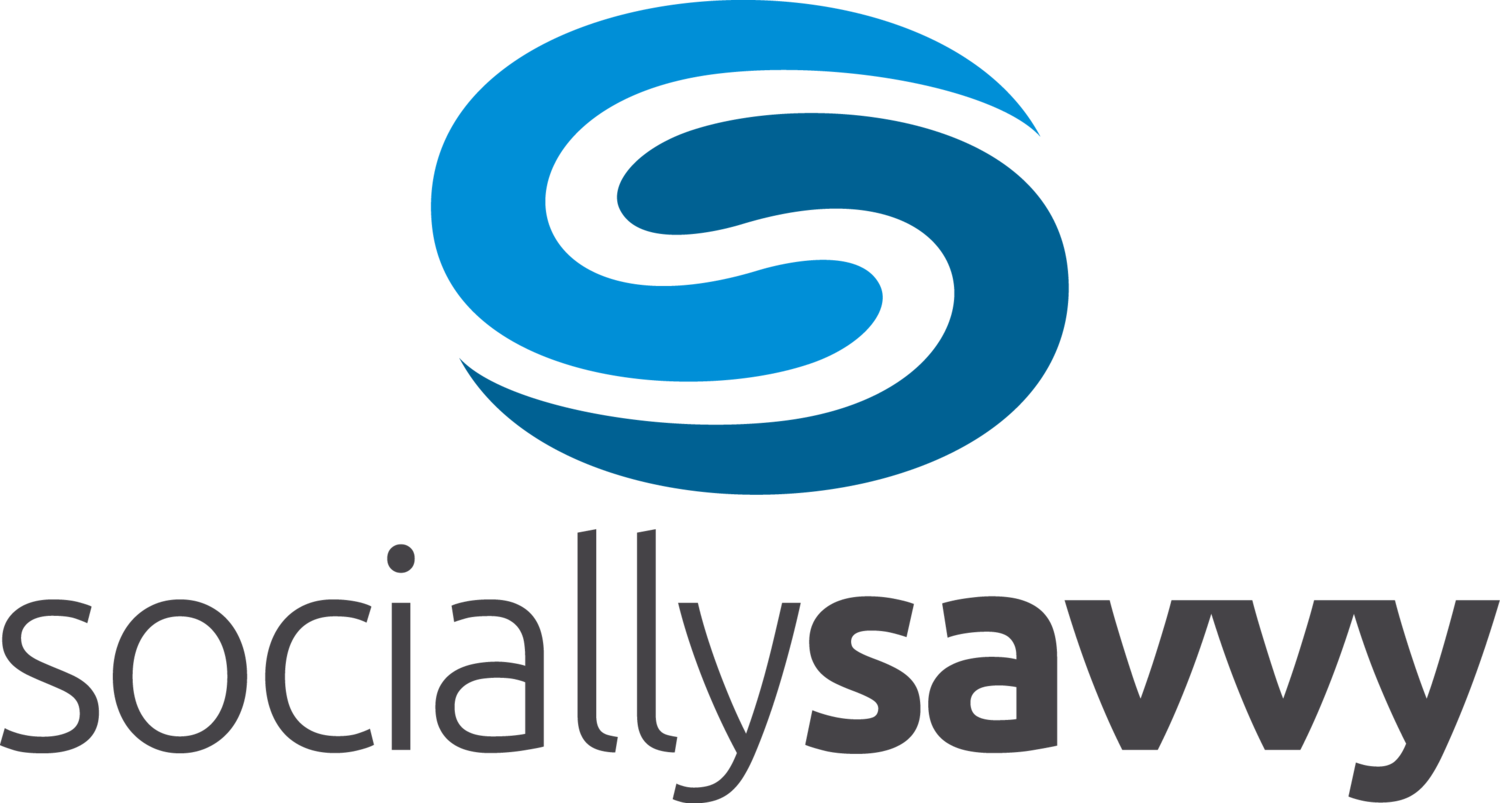School districts have the unique ability to create fresh and engaging content. From classroom instruction and presentations, to sports, school events, and other activities, there is a mountain of content waiting to be shared with an interested audience - students, parents, teachers, the community, and the general public.
"Content marketing is a strategic marketing approach focused on creating and distributing valuable, relevant, and consistent content to attract and retain a clearly defined audience." - Content Marketing Institute
Arguably, CTE programs have the potential to create some of the most interesting and visually compelling content within the school district. Photos of the goodies that culinary students whipped up that morning, or a video of business students practicing their elevator pitches, are bound to grab people's attention and create engagement. As the chief administrator of these programs, CTE directors can inspire a culture of content by compiling and sharing this engaging, rich content on a regular basis.
Below are tips for CTE directors, coordinators and administrators who are interested in beginning their content sharing and social business journey.
Lead by example. Deliver the experience you would want to have across the board. Utilize LinkedIn, Twitter, Facebook, Instagram, and YouTube to reach your audiences in context of their day. Learn and evolve from the feedback you receive and the analytics on each channel. Prioritize what is most effective and index further in that direction.
Give attribution to your students and teachers. Make the constituents you serve the stars of the content program. In the course of the day, capture moments of impact and share them as a cadence of communication that tells the story and deepens the CTE narrative.
Educate employers on student readiness to assist organizations to compete in today's connected economy. Go beyond email and the occasional job fair or community event, and create a group on LinkedIn, where you can continuously engage and communicate with your partners, potential employers and the community. Opening the digital dialogue will spur interest and awareness, and enable offline interactions leading to engagement with CTE and students. Ask directly for student internships and involvement as classroom guest lecturers.
Embrace alumni to influence internships and job opportunities / employment. As you build your alumni community on LinkedIn for the institution, make this audience active members of the CTE network. Influence understanding of related CTE program activities and achievements like certifications and discipline-specific achievements / advancements. The alumni network should be the first audience to enable for internships and ask for school involvement. Alumni may also be able to encourage corporate donations of needed equipment and funding.
Recommendations
Activate and optimize social profiles. Before you can start sharing content, you must first create a polished digital presence. Take the time to fully complete your social channel profiles to best reflect you and your brand.
Train your team - teachers and students - in the skills needed to succeed. Provide CTE instructors and students with a communication skill set that leads to employability and soft skills for the 21st century. Social business is a competence that needs to be learned, and then employed in accordance with personal or brand goals.
Experiment and have fun! CTE is a vibrant, interesting community of educators, business relationships, and students. Drive synergies among these constituents to influence results, namely awareness of your students and programs, and paths to internships and employability.

